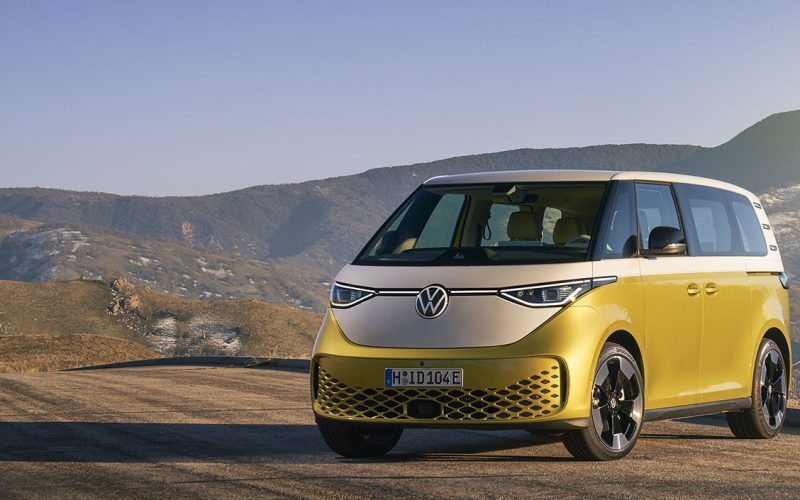
Reading Time: 7 minutesGood news! The VW van is actually coming back, and it looks like this visual blast
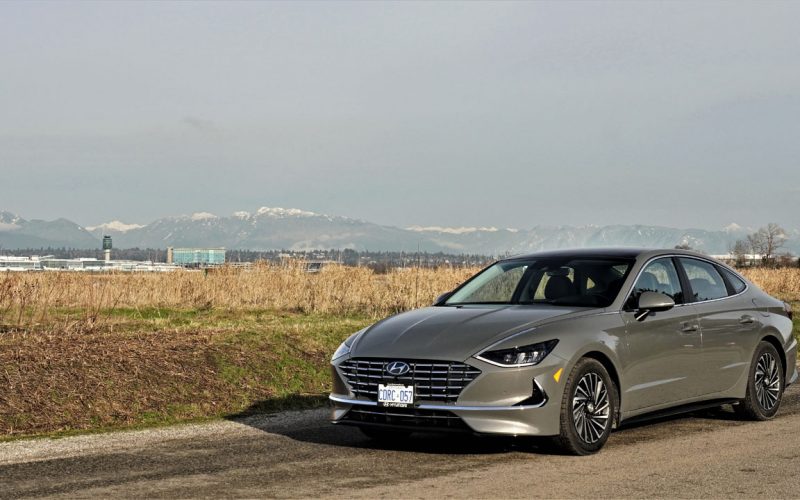
Reading Time: 9 minutesThe mid-size sedan might be a dying breed, especially in Canada where they’ve never been as
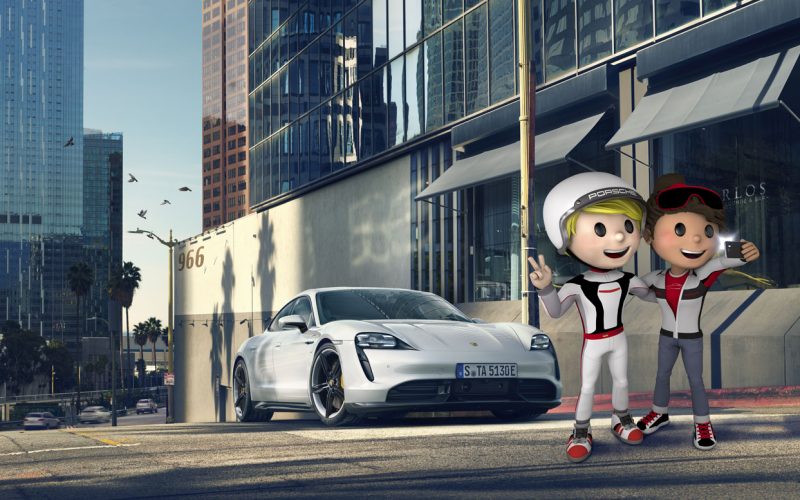
Reading Time: 2 minutesIf you’ve been mostly at home with your children, like so many Canadians in recent months,
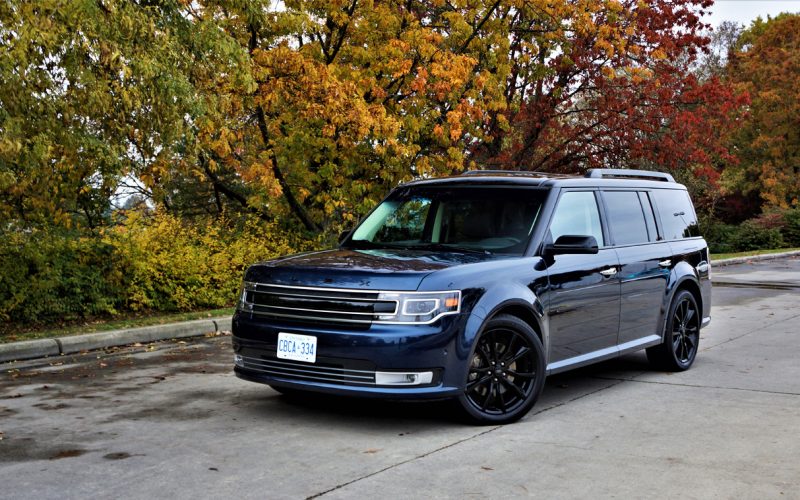
Reading Time: 13 minutesFYI, there are fewer new Ford Flex SUVs still available for sale than I had initially
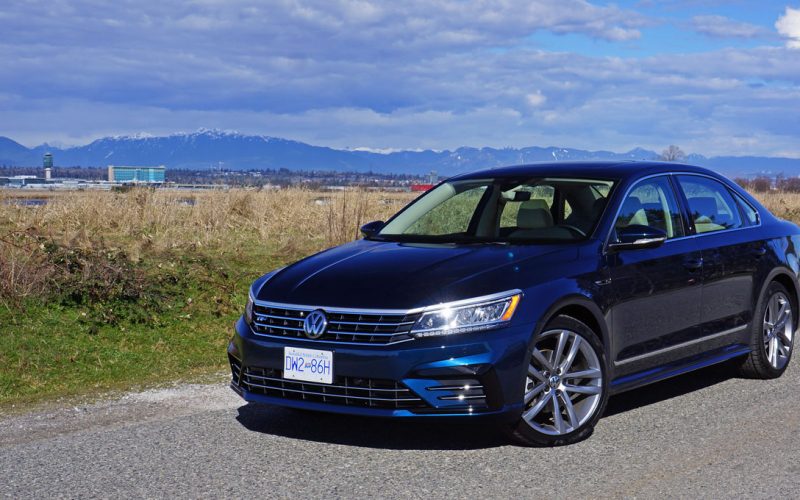
Reading Time: 9 minutesI love it when an automaker makes my job easy. For 2019, which has actually been
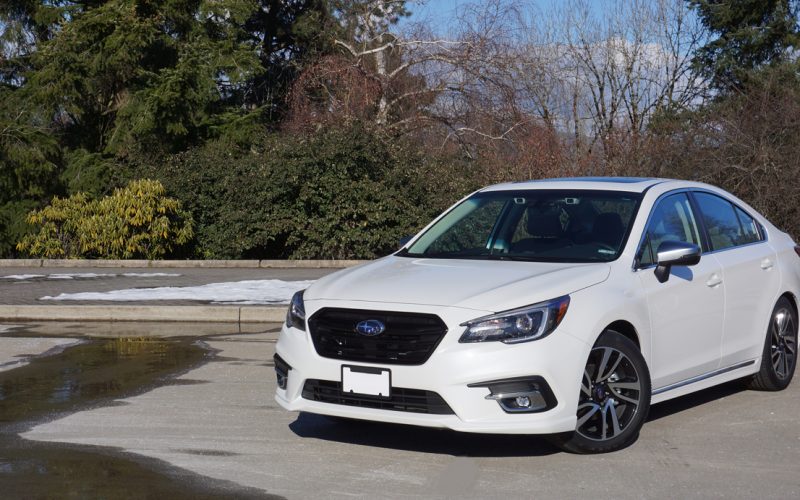
Reading Time: 11 minutesSubaru has just introduced a redesigned 2020 Legacy mid-size sedan with new styling, updated engines, and
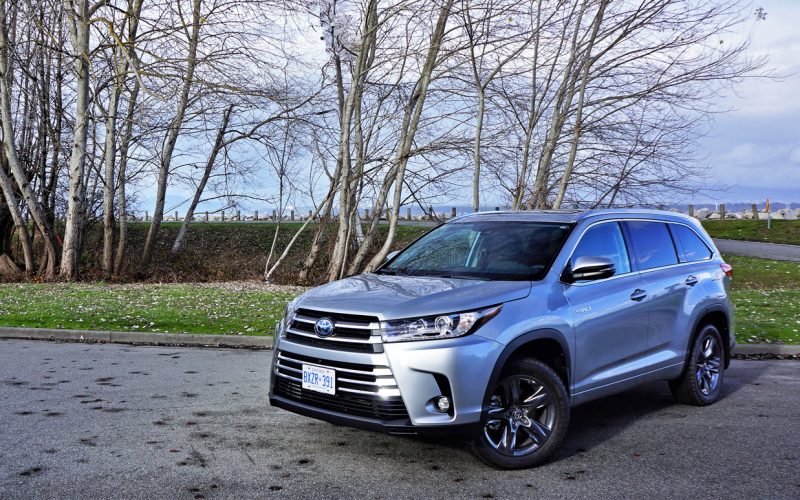
Reading Time: 10 minutesHave you seen the 2020 Toyota Highlander? It’s not available to purchase yet, having only debuted
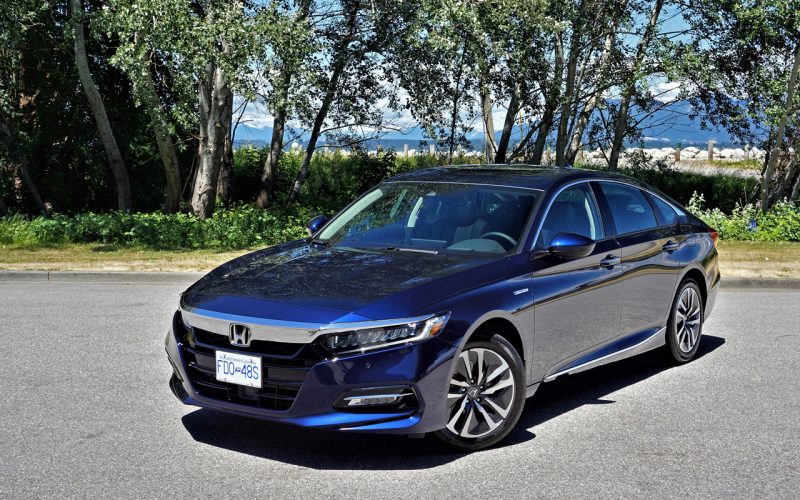
Reading Time: 16 minutesI said this before and I’ll say it again, the new Accord is the most attractive
© 2025 The Car Magazine. All Rights Reserved, Privacy Policy | Terms of Use